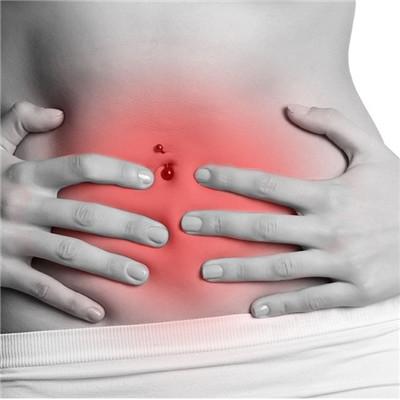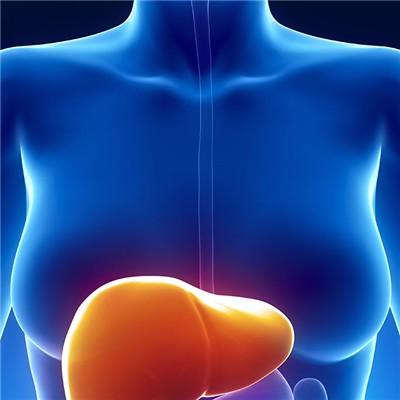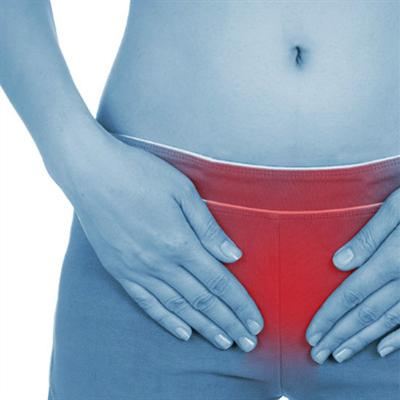Symptoms of uterine rupture during pregnancy
summary
The uterus is like a small house to protect the baby. If the house is broken, the consequences are very serious. Mothers to be should pay attention to it! Uterine rupture refers to the laceration of uterine body or lower uterine segment during delivery or pregnancy. It may occur in late pregnancy before labor, but most of it occurs in the process of labor. When labor is difficult, the symptoms are prolonged labor process, fetal head or the first exposed part can not enter the basin or blocked at or above the ischial spine level. Uterine rupture can be divided into two stages: threatened uterine rupture and uterine rupture. Tell us about the symptoms of uterine rupture during pregnancy.
Symptoms of uterine rupture during pregnancy
It is common in the parturient with long labor process and obstructive dystocia. In the process of labor, when the decline of fetal presentation is blocked, the powerful contraction makes the lower uterine segment thinner and the uterine body thicker and shorter, forming an obvious ring depression between the two, which will gradually rise to the umbilical level or above, which is called pathological contraction ring.

At this time, the lower part of the swelling, tenderness is obvious, round ligament of uterus is extremely tense, can be obviously touched and tenderness. The parturient complained that her lower abdomen was very painful, restless, calling, rapid pulse and breathing. Because of the pressure on the bladder, dysuria and hematuria appear. Due to uterine contraction, fetal blood supply is blocked, fetal heart rate changes or can not hear clearly. If this condition is not relieved immediately, the uterus will soon rupture at and below the pathological ring.

During the examination, there were abdominal tenderness and rebound pain, the fetal body could be clearly touched under the abdominal wall, the uterus was shrunk and located on the side of the fetus, the fetal heart rate and fetal movement disappeared, and there might be blood outflow from the vagina. The fetal protrusion disappeared (the fetus entered the abdominal cavity), and the dilated uterine orifice could be retracted. When the anterior wall of uterus is ruptured, the tear can extend forward to rupture the bladder.

matters needing attention
Strengthen the publicity and implementation of family planning to reduce the number of pregnant women; We should change the concept of delivery, advocate natural delivery and reduce the rate of cesarean section; Those who have the history of dystocia or cesarean section should be hospitalized early, closely observe the progress of labor, and decide the mode of delivery according to the obstetric indications and previous operation.
















